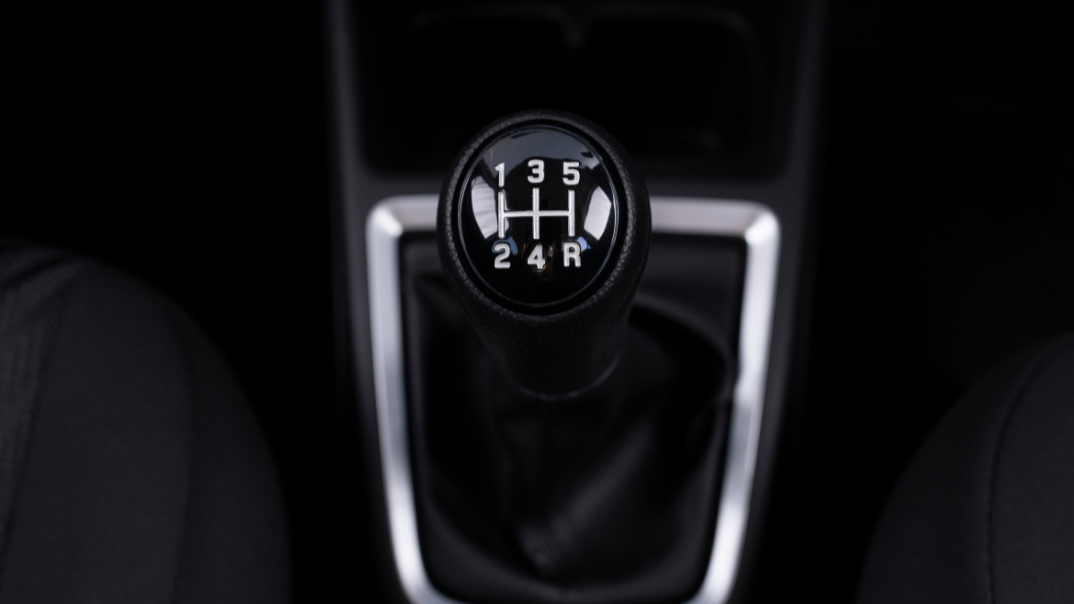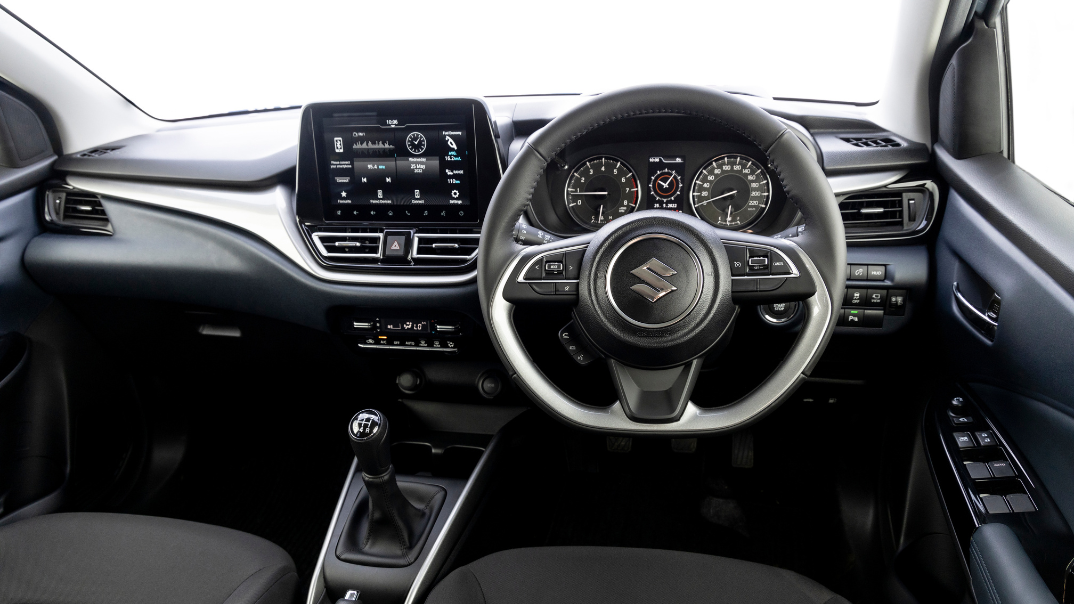
In this segment of How Things Work we look at engine braking, how it works and whether it can do damage to our vehicles. We also learn a few interesting things related to braking in heavy commercial vehicles. Watch our video now to find out more about braking and what a Jake Brake is.
If you can’t watch the video, you can read the video transcription below: Edited for clarity and readability
Welcome to Let's Talk Automotive. In this week's episode on How Things Work, we are going to be having a look at engine braking. So why do we do engine braking? How does it work? And can it cause any damage to our vehicles?
So let's have a look at the three main ways that we achieve engine braking. And for those of you that don't understand what engine braking is: it's simply when we come off the accelerator, the engine itself provides some semblance of brake force that translates through to our wheels and slows our vehicle down.
Let's start off with a petrol engine and how we achieve engine braking with a petrol engine. Now, on the intake side, we have a butterfly valve and what we want to do is close the butterfly valve when we take our foot off the accelerator. And what that does, is that when the piston moves down, it creates this vacuum inside the cylinder, and that vacuum actually restricts the motion of the piston. And that's how we slow down the movement of the piston and create the engine braking effect
Now in a diesel engine, we don't have a throttle body really on the intake side. So we don't have a butterfly valve here. In fact, we find the butterfly valve on the exhaust side. Now what we want to do with this butterfly valve is open it. Unlike on this side where we closed it, on the diesel we open it. And the reason why we do that is because one of the ways that a diesel gets energy into its piston is when the piston moves up and creates compression that compression has a spring effect, which pushes back down on the piston. So by opening up the butterfly valve, we relieve the pressure in the cylinder, and now there's not as much of a spring effect for this piston and that assists the diesel engine in slowing down and developing our braking effect.
Now, the main reason why we have engine braking is actually for our heavy commercial vehicles. You can imagine a vehicle that weighs 50 tonnes, fully loaded, puts in a tremendous amount of heat through its braking system. So we want to actually use the brakes as little as possible to protect them and to enable them to last as long as possible. And the way we do that is with a system called a Jake Brake. Now very similar to this concept of opening up the butterfly valve, what the Jake Brake does is, with hydraulic actuation, it actually opens up the exhaust valve simultaneously on multiple cylinders to allow this pressure to escape out the cylinder and therefore creating the same effect that we discussed up here, just on a much more accurate scale. And in fact, on our commercial vehicles, we have a lever that we can adjust the sensitivity of the Jake Brake effects. If we just want a light effect and just to slow down a little bit, we set it to let's say, level one. And if we want a higher degree of brake effort, we set it to let's say, setting four. One thing that you might not realize is that a commercial vehicle, using the Jake Brake system effectively, can actually extend the lifespan of its brakes to up to 500,000 kilometres. So that's quite an incredible system. Now, as I've said, it's quite safe for us to use this on our passenger cars and we can also save a little bit on our brakes.
Are there any dangers? Well, I suppose if we have a look at a manual configuration, if we change down too aggressively, we might put ourselves in a gear selection whereby when we release the clutch, our revs climb up too much, and we can actually over-rev the engine and cause serious damage.
The only other area that I'd be a little bit concerned about is what happens to the dynamics of the vehicle when we downshift aggressively. So what we see on motorbikes and on sports cars is the vehicle’s ability to blip the revs when we change down. And the reason why we do that is to remove the effects of engine braking so that we don't affect the dynamics of the vehicles. So to give an example, one way that a front-wheel-drive car can actually oversteer is with a phenomenon called lift-off oversteer. And what happens here is that as a driver approaches the corner aggressively and they've changed down aggressively, and they let go of the clutch, the weight transfer goes to the front wheels, which takes away traction from the back wheels so as you turn in, the back has now lost traction and we suffer from oversteer.
So in a straight line, and to save your brakes in general driving conditions, absolutely no problem with engine braking, but if you are doing a bit more advanced driving and you need those dynamics to be correct I’d avoid the engine braking.
So that's a brief summary on how engine braking works and some of its applications. And in fact, you might have actually heard Jake Brake in action on a commercial vehicle, because it sounds just like a jackhammer going off. So as the driver applies the Jake Brake effect, you hear this “doo-doo-doo-doo-doo” sound as the driver’s slowing down the vehicle. And it's for that very reason that Jake Brake has actually been banned in a couple of territories around the world, including Europe and the US, because it does make one heck of a noise, which seems to wake up people in the middle of the night.
Now, although they have applied some suppression to that noise in the exhaust systems, unfortunately, the truck drivers do like the sound of it so they take out that muffling effect and carry on as usual.
So that's it from this week's episode of How Things Work and we look forward to catching up with you next week,
To watch the full episode, visit: https://www.facebook.com/LetsTalkAutomotive/videos/?ref=page_internal
Want to know when the next episode is available? Sign up to get notifications straight into your inbox.

![How Things Work: Rotary Engines [VIDEO]](https://blog.suzukiauto.co.za/hubfs/Suzuki%20Ciaz%20%20(1).png)

